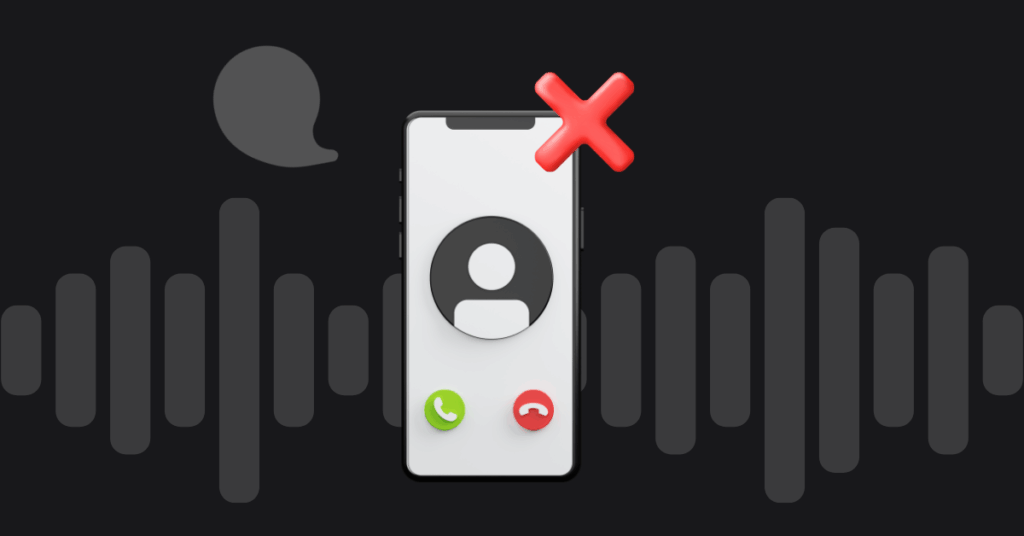
Table of contents
Voice Over IP or VoIP as it is commonly called is extremely flexible and can be adapted to a wide variety of environments – different types of industries, organization size, business models, protocols, hardware and software etc. However the same flexibility can also make it difficult for an organization to decide on the best or most suitable solution that fits both its requirements and budget.
But how can you decide what is best for the company if you don’t know the architecture of Voice over IP? What kind of components and protocols are involved? Understanding the basic terminology, architecture and moving parts will make it easier to decide which type of deployment is the optimal solution.
VoIP deployments can be as simple or as intricate as the organization wants it to be. Larger corporations may have different concerns when compared to a small business such as connecting multiple offices around the world, advanced setup or configuration options or the need to support a wide variety of clients/endpoints. But for most smaller organizations, a basic implementation – with either hosted services or SIP trunks – should suffice.
Basic Voice over IP Deployment
So what does a basic VoIP architecture look like? The various components involved in VoIP include:
- The enterprise network LAN – This is the internal enterprise or corporate network that is used by employees and applications. Generally this is the center of the deployment and connects the various parts and mechanisms together.
- The Internet connection – This is your connection to the outside world. Common tasks such as email, file sharing, transmitting media etc. use the Internet connection. It is also used by the ITSP to transmit voice calls. The speed and bandwidth capacity play an important role in ensuring high quality voice calls.
- The IP PBX – Although you can use older PBX systems in VoIP deployments, they often require additional components such as a VoIP or PSTN gateway to bridge the two networks. Common practice is to replace/upgrade the PBX to one that is capable of handling VoIP. It performs all the PBX functions that the enterprise requires such as call routing and call control.
- VoIP phones – This is the user facing component of the whole deployment. Most employees will only interact with the VoIP phones which may be mobile devices, IP desk phones, softphones installed on computer systems or even USB powered headsets.
The above parts all play important roles in any VoIP deployment but it is a high level perspective. When you look into the actual implementation of VoIP, there are certain technical components that are used globally and accepted:
-
Gateway controller
The main purpose of the data controller is to connect the PSTN and the IP worlds. It has multiple roles, usually performing call control and media control functions. The controller should support calling protocols such as SIP or H.323 and media protocols such as MGCP or H.248. Quite often this is also the part that generates comprehensive call records for billing.
-
Application server
The application offers value-added services on a global or per customer basis. It supports the use of customized dialing plans, 800 numbers as well as basic and advanced call services such as call authorization.
-
Media Gateway
The main role of the media gateway is to transmit voice packets using the RTP protocol. It also performs packetization functions in deployments where the PSTN and IP networks converge. The capabilities of the media gateway can differ considerably depending on capacity, what codec is being used and many other variables.
-
Media server
Media servers are required for features such as voicemail, special service announcements, video conferencing, voice activated dialing or voicemail to email conversions. In VoIP deployments that include Interactive Voice Response (IVR) systems, it is a media server that plays the central role. The application server controls the media server in most deployments using either SIP or XML.
Voice over IP architecture also includes several protocols and codecs such as SIP, RTP, SDP, G.726, G. 720 etc. The codecs are responsible for compression/decompression of the voice packets and which particular codec to use depends on quite a few variables including:
- The network capacity
- The need for high quality audio
- Usage fees for proprietary protocols
- The number of concurrent calls during peak and nonpeak hours
Similarly each protocol also performs a specific function related to signaling, transmission, call control and media support. SIP is the most commonly used protocol that is widely supported by most VoIP equipment, software and services. The actual type of hardware or component used will depend on the specific enterprise implementation and requirements. In more complex corporate environments, there will be many more moving parts.
Many organizations prefer hosted VoIP services as they require nothing more than VoIP phones and an Internet connection. Though there is a trade-off in terms of customization and control, there are in of service providers in the market to ensure that any business will find an appropriate solution that is ready for deployment.
Read this post in: Español
More from the blog
Want to improve your business communication?
Unlock enterprise-class call center power at affordable prices – no hardware, no delays, no surprises!






